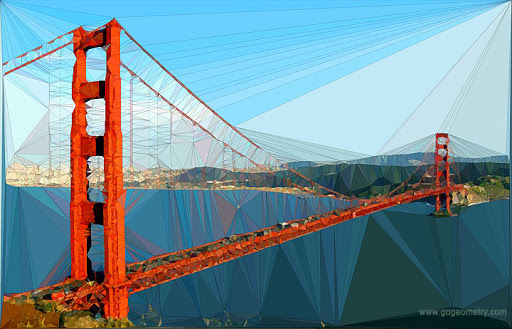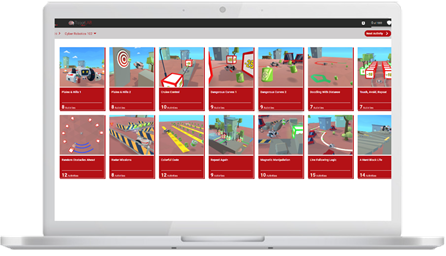Applying early geometry and spatial reasoning skills in the real world is critical in the development of general mathematics skills.

Many early education and lower elementary classrooms focus on the development of measurement, algebra, and probability skills. While these content areas are important, recent research has discovered that spatial reasoning and early geometry concepts are directly correlated to achievement in mathematics. This may signal to early educators that the mastery of positional and directional language (“up,” “on top of,” “under,” “next to”) as well as 3D and 2D shape concepts should be a priority during their math instruction.
Therefore, to develop these essential skills in young learners, we should provide activities that allow students to explore the spaces, sizes, and positions of shapes that they encounter in the world around them.
To support the development of shape awareness and identification, educators should work with students to find shapes in the classroom or in nature. This is important because students will learn best by the physical manipulation of and interaction with shapes. These activities don’t need to be complex. Here are two examples of how to build these skills in young students:
-
Identify and label shapes around the classroom with students. For example, books and small group tables might be rectangles. Have the students follow your finger as you trace along the edges of these shapes as you classify them. Talk with the students about the number and lengths of the sides of the shape along with the number of corners it has.
-
Create a “shape hunt” around the room during which students can find a certain number of basic shapes. They can do this through illustrations in picture books too – have students search for all the squares or circles they can find in the story.
Visual thinking and memory is another important key to the early mastery of geometry concepts. Some strategies to support these competencies include:
-
Play flashcard games with students. Show the students an image of a simple shape, and then cover it and ask them to describe what they saw. You can increase the complexity as appropriate.
-
Play a memory game with students. Add multiple shapes to the cards and have the students find the matching card from the deck.
In the same vein, young learners should be able to reproduce the shapes that they have seen in the world. They can create shapes with blocks, rubber bands, crayons, or even pipe cleaners. These activities become even more challenging simply by changing the materials the student uses to construct the shapes.
Keep in mind that students can accomplish more than you can expect, so never underestimate them. Even children as young as three can create simple maps using geometric shapes like squares, triangles, and rectangles. Provide students with felt shapes and ask them to recreate their backyard, the playground, or even your classroom to create a simple map or model.
Connecting early geometry concepts to the real world is essential to the mastery of spatial thinking and geometric reasoning. Luckily, geometry is one of the most enjoyable and intuitive topics both to teach and to learn. When students can connect these concepts to the world around them, they are building the foundation for a deeper and enduring understanding of mathematics.
Keep teaching and learning during COVID-19 with RobotLAB and CoderZ!

CoderZ is an online educational environment that improves students 21st century skills, while they are having fun programming their own virtual cyber robot. CoderZ and RobotLAB has different lessons to do at home! Check them out Here

